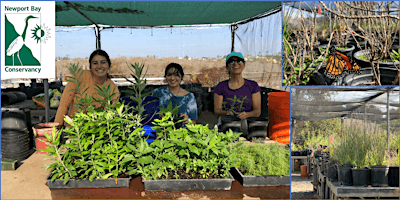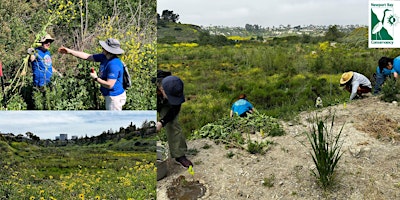Written by Terri Kueny, NBC Naturalist 2019
The cotton-like fibers are actually a foamy substance called spittle produced by the Froghopper nymph. The spittle provides a high humidity microclimate and shields the bugs from rain and predators during metamorphosis.
It’s the froghopper nymph not the adult that produces the spittle. It does this by drinking the fluids from the plant’s xylem (vessels that move water from the roots to the rest of the plant). Spittlebugs need to pump enormous volumes of fluid up from the roots to derive enough nutrition to live. It can pump up to 300 times its weight per hour producing a lot of waste! The waste is mixed with a sticky substance it secretes which is whipped up to produce the spittle. The foamy substance flows down over the spittlebug’s body, producing the perfect environment needed for completing its metamorphosis (egg, nymph, adult).










